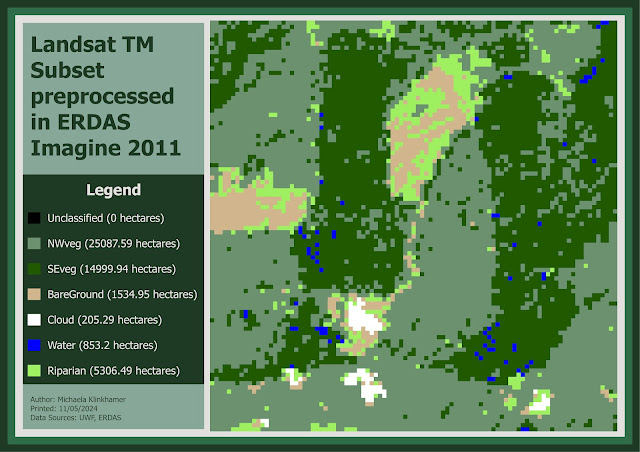M5 - Damage Assessment
Introduction
After Hurricane Sandy made landfall, conducting a precise damage assessment was crucial for effective disaster response and recovery. Utilizing Geographic Information System (GIS) technology, we systematically analyzed the damage to structures along the affected coastlines.
Steps to Complete the Damage Assessment
To carry out the damage assessment, we followed a structured approach using GIS tools for data visualization and analysis:
- Data Preparation: We started by importing both pre-storm and post-storm imagery into the GIS platform, ensuring that all necessary layers, such as parcel boundaries and the study area polygon, were correctly set up.
- Digitizing Points on Structures: Next, using the pre-storm imagery as a reference, points were placed on every visible structure within the study area. This step was crucial for ensuring that no buildings were overlooked.
- Comparative Analysis: By utilizing the swipe tool, we compared pre- and post-storm imagery to visually assess the extent of damage for each structure. We then assigned attributes to each point, categorizing the damage from "No Damage" to "Destroyed."
- Data Entry and Validation: Attribute data was meticulously entered into the GIS database, with predefined domains used to minimize errors. For structures that spanned multiple parcels, additional points were added to ensure each unit was assessed individually.
- Final Analysis and Visualization: Finally, the data was analyzed to detect damage patterns, especially in relation to the structures’ proximity to the coastline. The results were then visualized on a map, clearly highlighting areas that suffered significant damage.
Final Results
The analysis demonstrated a strong correlation between proximity to the coastline and the severity of damage. Structures located within 100 meters of the shore were found to be heavily impacted, with many either destroyed or severely damaged. As the distance from the coastline increased, the extent of damage generally decreased, with fewer structures experiencing major impacts. These findings highlight the critical influence of shoreline proximity on storm damage, offering valuable insights for improving disaster preparedness and response strategies.
This GIS-based assessment not only provided a clear understanding of Hurricane Sandy’s impact but also illustrated the effectiveness of geospatial analysis in post-disaster scenarios. The insights gained can be leveraged by local governments, emergency management agencies, and urban planners to enhance coastal resilience and better prepare for future events.




Comments
Post a Comment